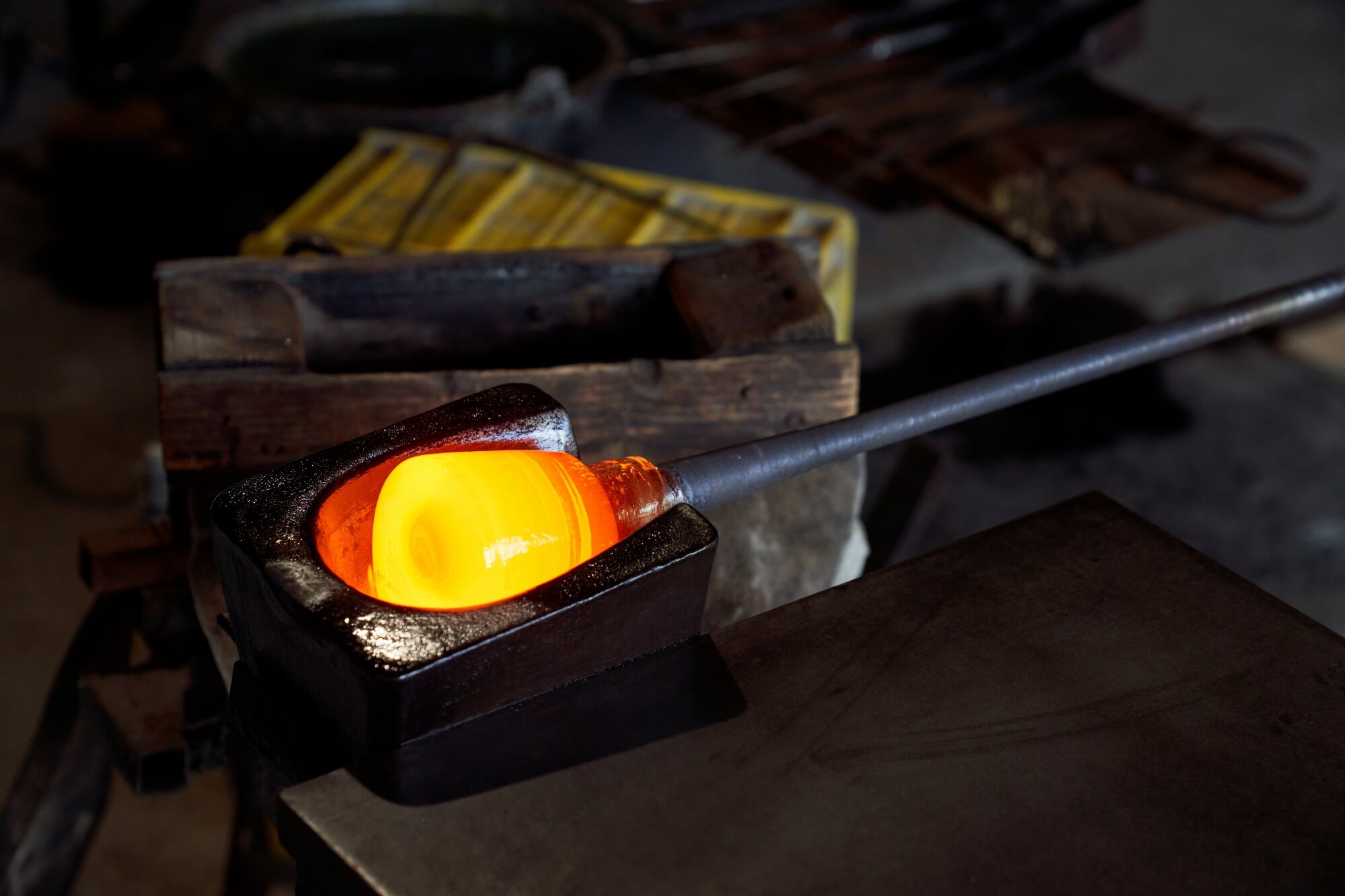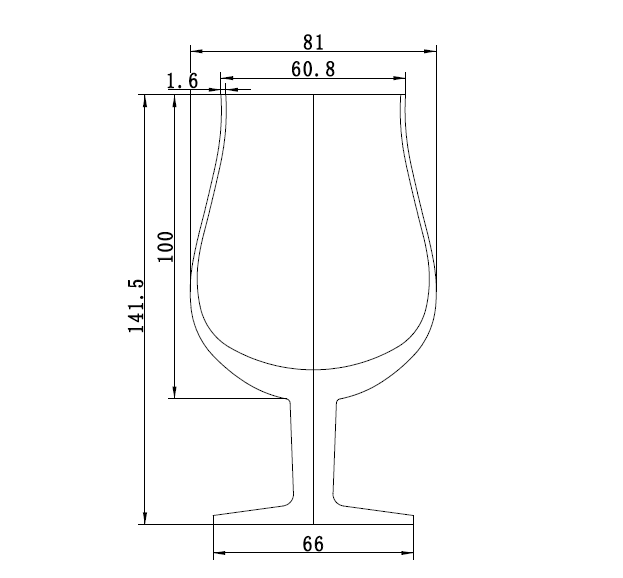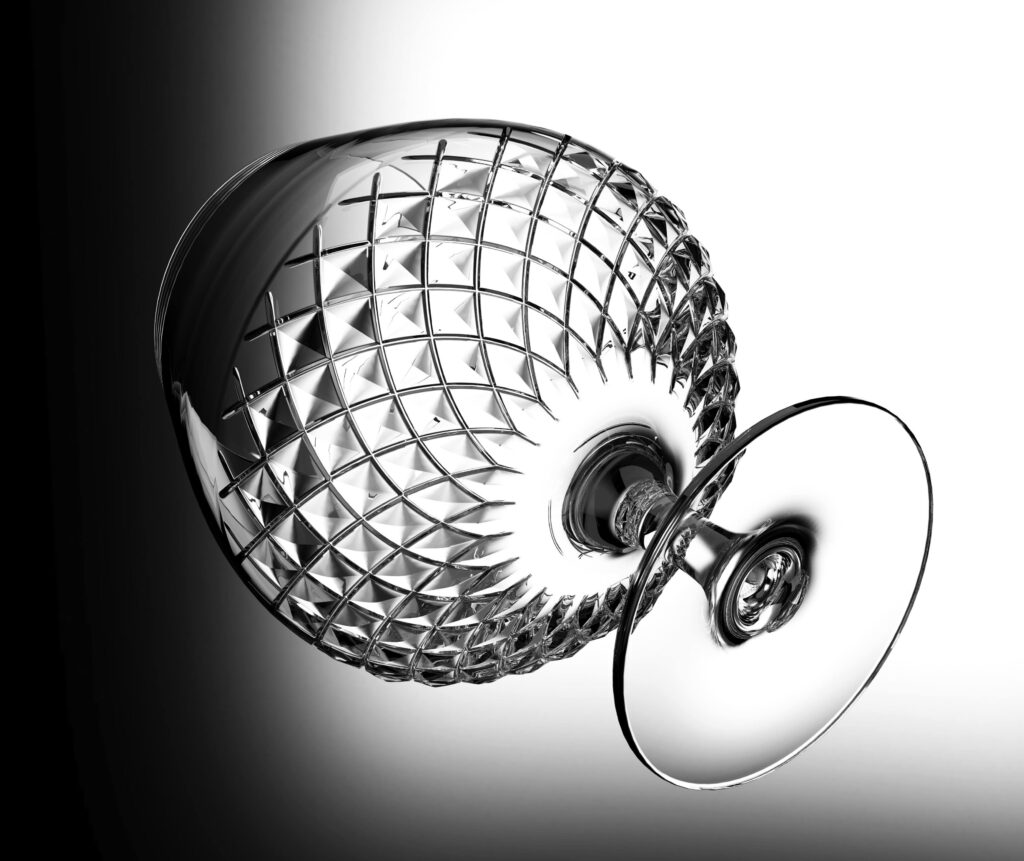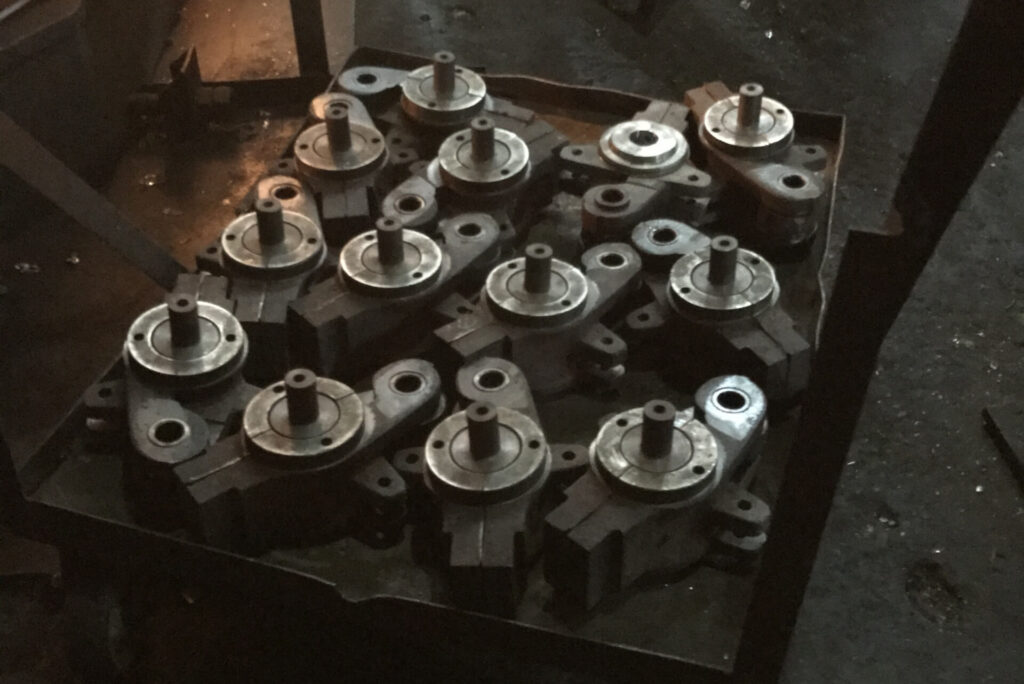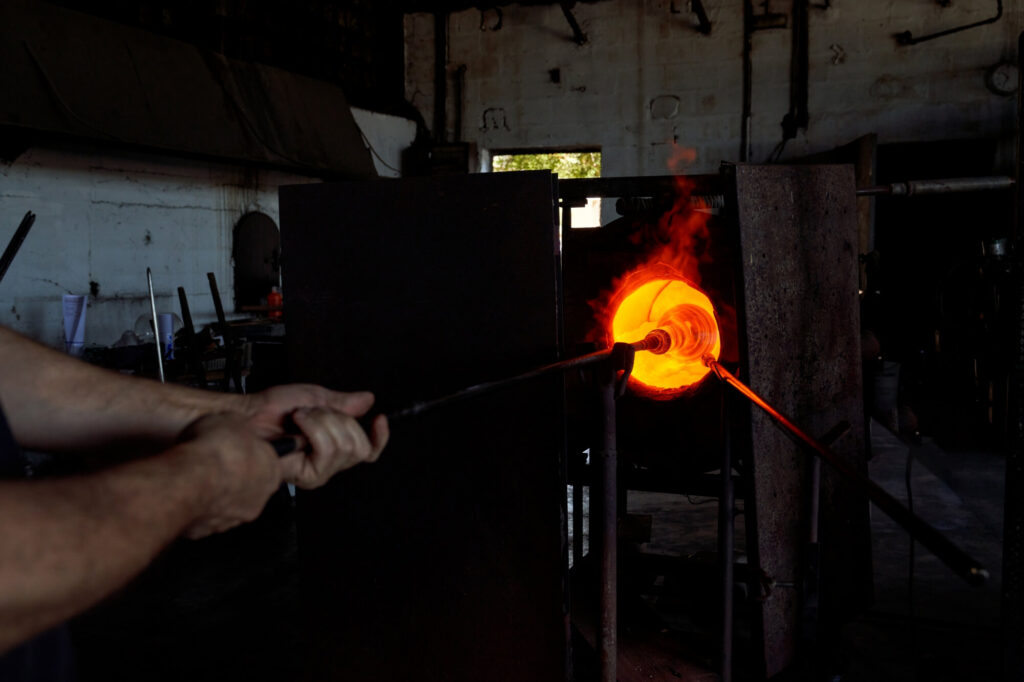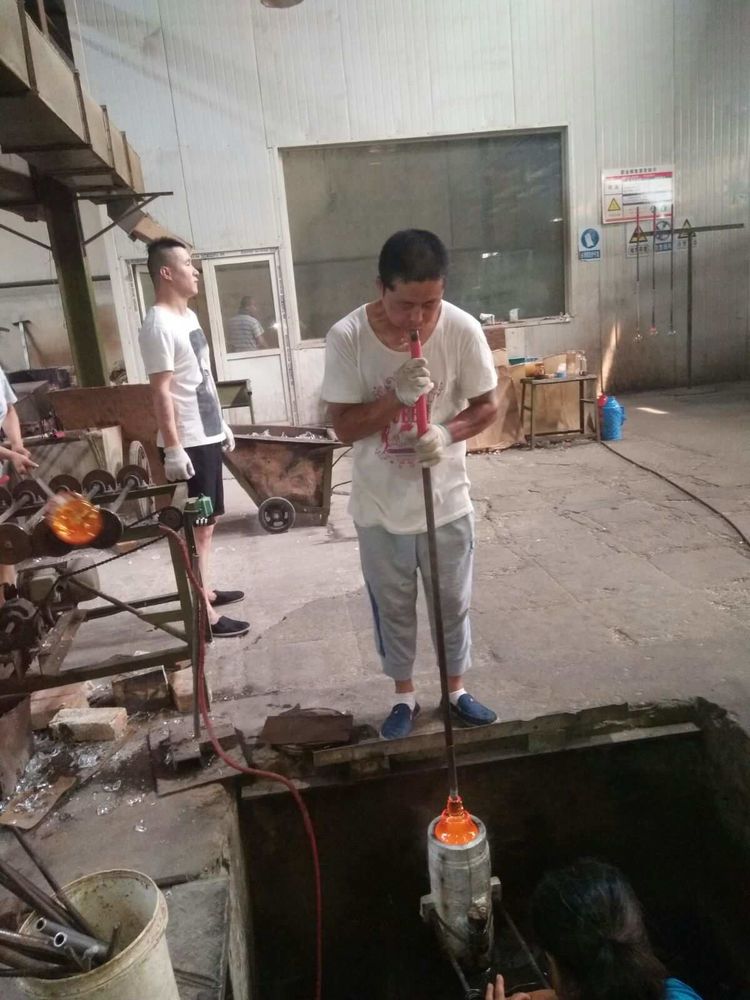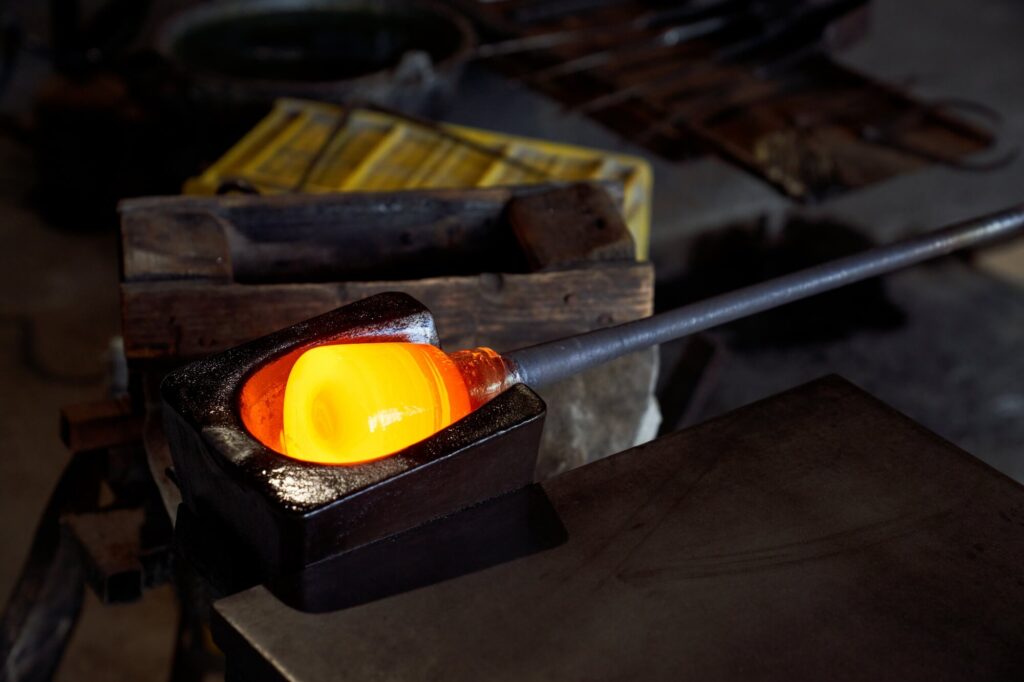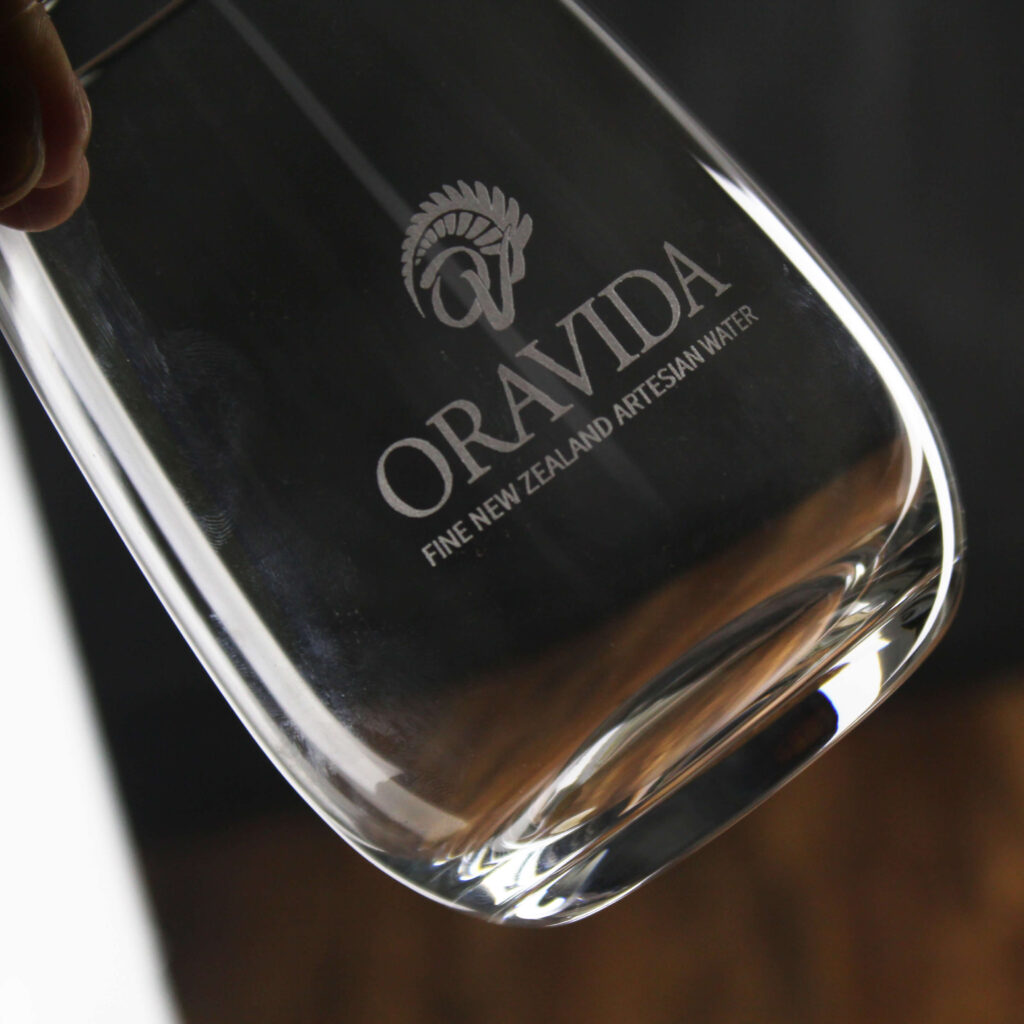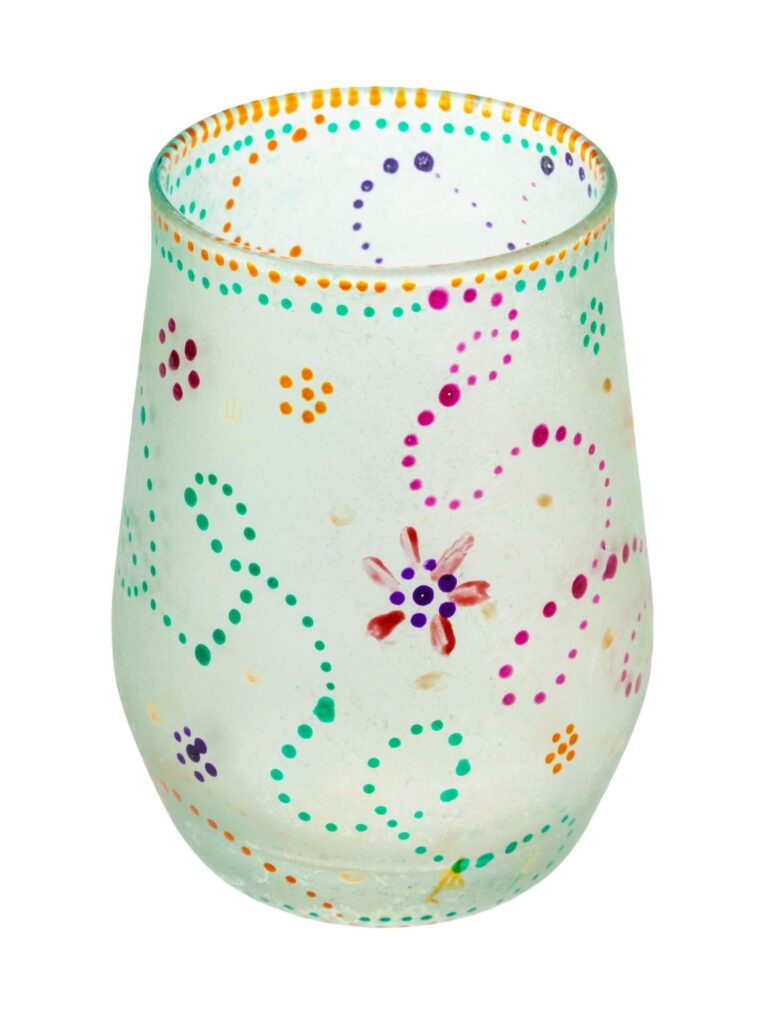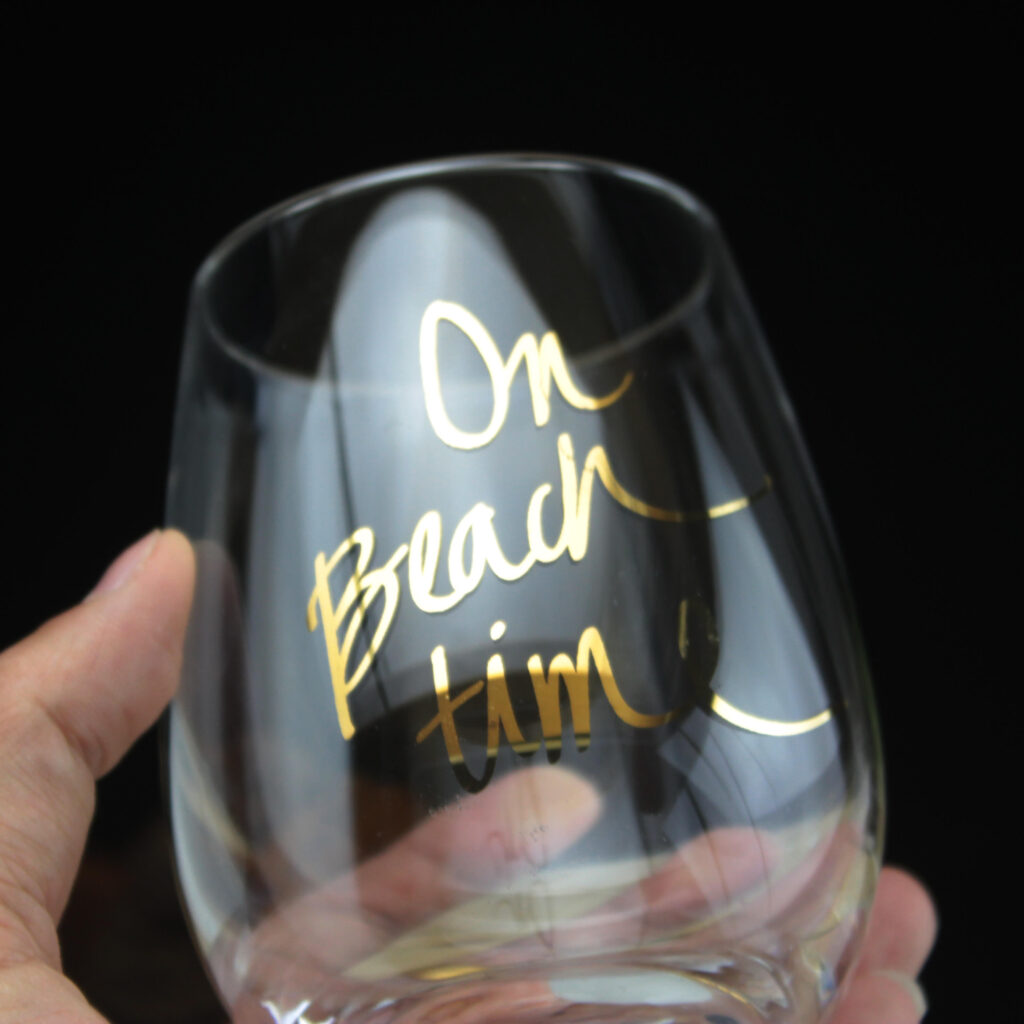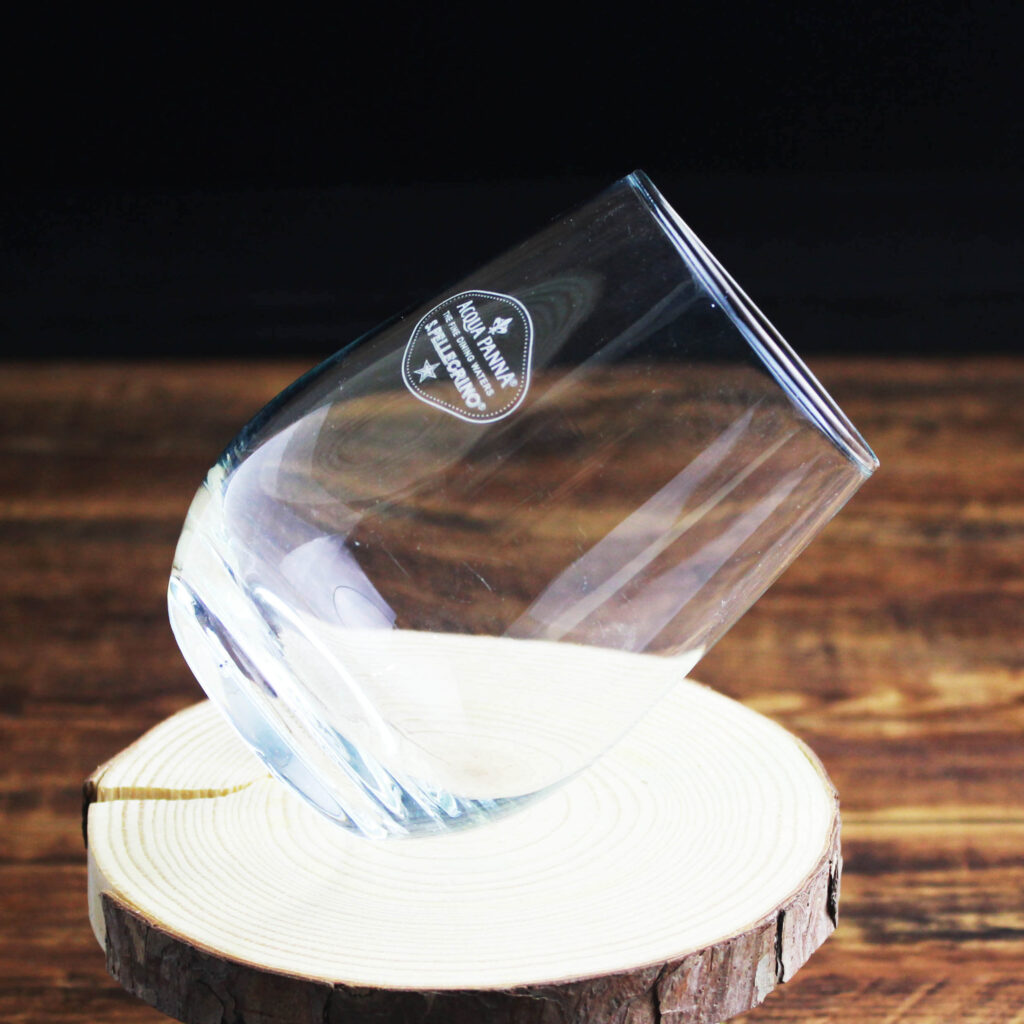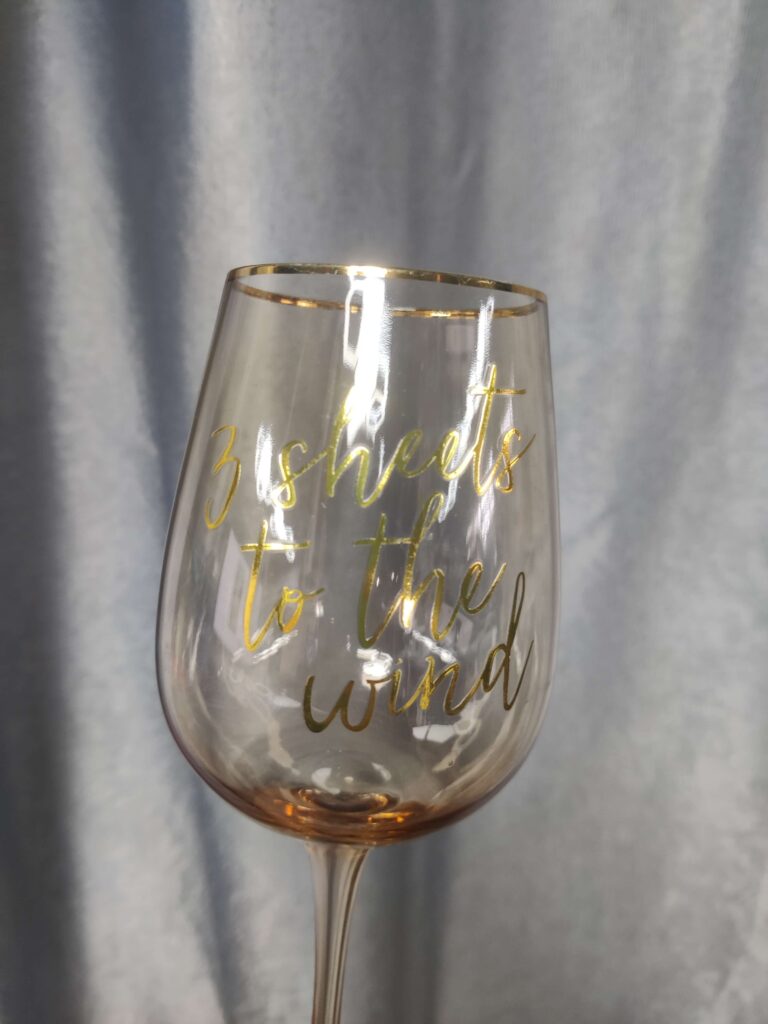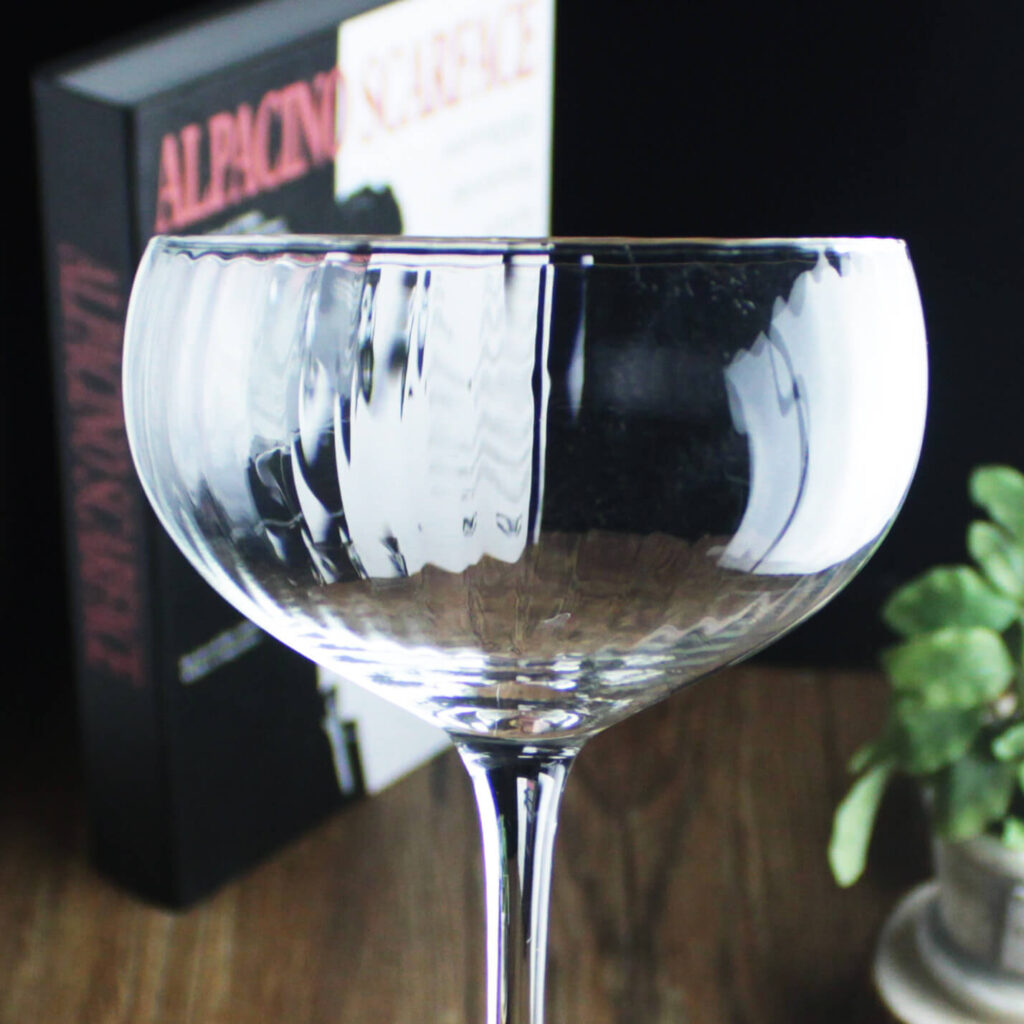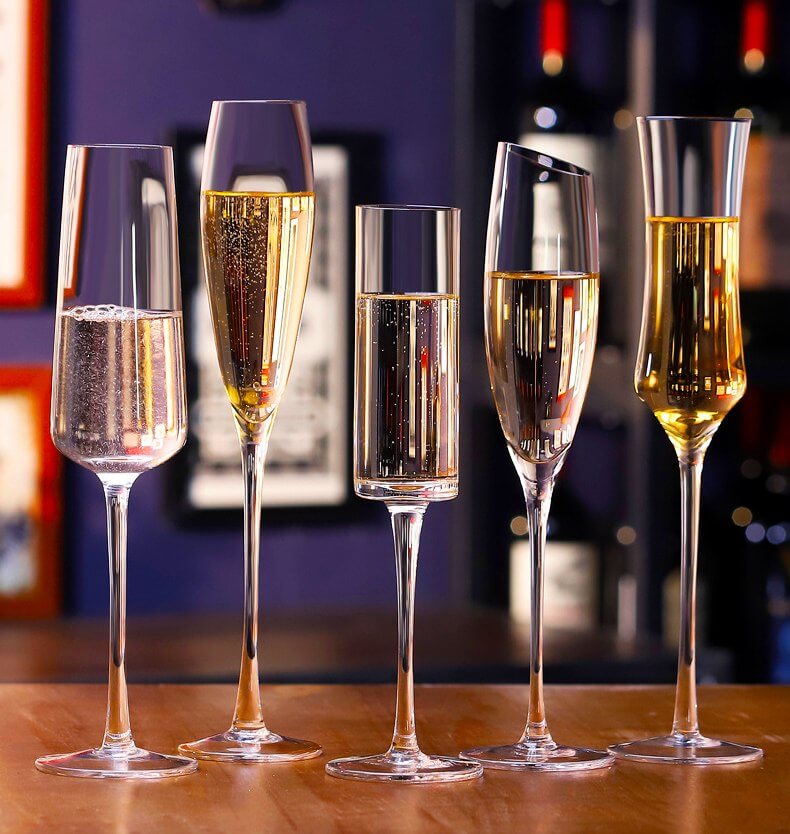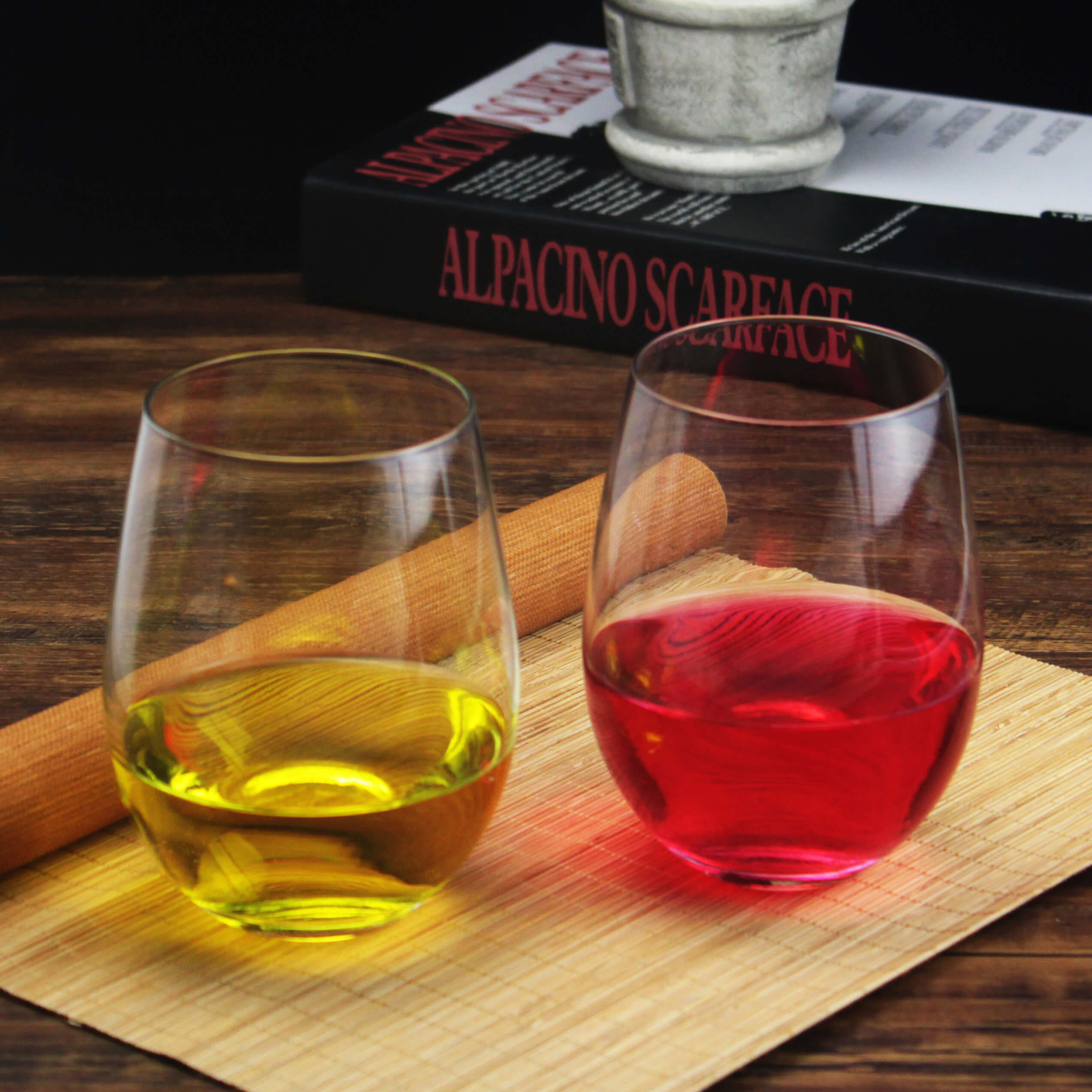Introduction To Handmade Glasswares
In a world inundated with mass-produced items, the allure and charm of handmade glasswares stand as a testament to the enduring appeal of craftsmanship and artistry. Handmade glasswares, with their intricate designs and meticulous details, evoke a sense of nostalgia and appreciation for the meticulous efforts of artisans who breathe life into raw materials, transforming them into pieces of functional art. There are totally 7 steps of how are handmade glasswares made.
Step 1: Identifying Glasswares Ideas And Make Drawings
Whether working from a sketch, referencing an existing sample, or simply discussing your ideas, the first step is to identify handmade glassware ideas. Once the seed of an idea has been planted, the next step is conceptualization – to make drawings, where the artisan begins to visualize the form and structure of the glassware.
Our design team will further investigate your needs, not only generating ideas that suit your original brief but also taking into consideration a feasible price as well as manufacturing alternatives and improvements to help with production and market adaptation.
source:lida
Step 2: Crafting 3D Moulding Protocols
With the drawings refined and perfected, the artisan can now visualize the final product, seeing the potential and promise in the lines and curves on paper. It is a moment of anticipation and excitement, a glimpse into the future of what the glassware can become. A 3D protocol is necessary to see a real handmade glassware sample before production.
source:lida
Step 3: Making Moulds For Handmade Glasswares
The moulds are crucial for realizing the handmade glasswares idea. Lida’s goal is to offer a full suite of custom handmade glasswares moulding and mould-making services to achieve the glasswares shape you need.
Lida is a one-stop manufacturer that can provide not only the moulds but also any other components required for the moulding process, satisfying all your glassware needs.
source:lida
Step 4: The Glassblowing Process
Glassblowing is an ancient technique, a dance between the artisan and the molten glass. With deft movements, the glassblower breathes life into the glass, inflating it to form the bowl of the wine glass. This requires an astute sense of timing, skill, and an intimate knowledge of the material’s malleability.
A. Gathering and Heating the Glass
The first act in this ballet of creation is the gathering and heating of the glass. It is here that the raw materials are introduced to the fiery embrace of the furnace. The glass, in its crystalline innocence, is gathered on the end of a blowpipe, a delicate waltz of balance and precision.
In this phase, the furnace, a crucible of creation, breathes life into the glass, its fiery breath melting the crystalline structure, rendering it a molten symphony of potential. It is a delicate balance, a harmonious interplay of temperature and time, where the glass is nurtured and prepared for its journey into form.
source:lida
B. Shaping and Forming the Glass
With the glass in its molten state, the artisan steps into guiding the glass in its journey of transformation. The shaping and forming of the glass are a dialogue between the artisan and the medium, a conversation of hands and heat, whispers and wishes. The blowpipe is the artisan’s partner, dancing in tandem, shaping the molten symphony into harmonious forms.
source:lida
The artisan’s hands are the sculptors, molding the glass with gentle whispers and firm guidance, breathing life into the molten dreams. Tools and techniques are the brushes and chisels, carving the details and contours, painting the visions in the language of light and shadow.
source:lida
C. Annealing: The Cooling Process
Annealing is a meticulous process, a harmonious descent into solidity, where the glass is allowed to cool slowly, ensuring the uniformity and strength of its structure. It is a dance of molecules and atoms, a convergence of heat and time, where the glass is nurtured and solidified, whispering the final notes of its symphonic journey.
D. Cutting and Polishing: The Finishing Touches
For wine glasses with intricate designs, the cutting process is vital. Using diamond-tipped tools, artisans etch delicate patterns onto the glass surface. Post cutting, the glass is polished, enhancing its clarity and brilliance.
To have a better understanding of how are handmade glasswares made, you can review below video.
Step 5: Handmade Glasswares’ Decoration Options
This step is the embellishment that adds character, tells a story, and elevates the ordinary to the extraordinary. Let’s delve into the fascinating world of decorative techniques in handmade glasswares production.
A. Engraving and Etching
One of the most timeless methods of personalizing handmade glasswares is engraving. Using fine tools or lasers, intricate designs, messages, or logos are etched onto the glass surface. The result is a subtle, frosted appearance that exudes sophistication. Engraved designs are permanent, ensuring they remain pristine for the life of the glass.
source:lida
B. Painting
Hand-painting handmade glasswares allows for a burst of creativity and color. Using specialized, non-toxic glass paints, artisans can create everything from delicate floral patterns to bold, abstract designs. Once painted, the glasses are often baked to ensure the design’s longevity, making each sip a vibrant experience.
source:lida
C. Decals and Transfers
For those seeking photo-realistic designs or intricate logos, decals and transfers are the go-to options. These designs are printed on special paper and then transferred onto the glass surface. The result is a sharp, clear image that can capture even the minutest details.
source:lida
D. Sandblasting
Sandblasting offers a unique texture to personalized handmade glasswares. By directing a high-pressure stream of sand or other abrasive materials onto the glass, specific areas are frosted, creating a beautiful contrast. This method is ideal for bold designs and offers a tactile experience to the user.
source:lida
E. Digital Printing
With the advent of digital technology, printing directly onto handmade glasswares has become a reality. This method allows for vibrant, full-color designs that can wrap around the glass or be localized to a specific area. The inks used are often UV-cured, ensuring durability and resistance to fading.
source:lida
F. Various Patterns
Using specialized moulds, the handmade glasswares can be shaped with various patterns offering a tactile and visual treat. It is the best way to realize a new model for the same shapes. Usually, the moulds are made with patterns to the final shaping.
source:lida
FAQ
How is the process of making handmade glasswares different from machine-made glasswares?
The process of making handmade glassware is inherently more labor-intensive and requires skilled artisans to create each piece individually, ensuring attention to detail and uniqueness. In contrast, mass-produced glassware is made using automated machines that can produce large quantities of identical pieces quickly and efficiently, often compromising on the uniqueness and sometimes quality.
What are the different techniques used in creating handmade glasswares?
Various techniques are employed in creating handmade glassware, including glassblowing, where air is blown into molten glass to form shapes; kiln-forming, where glass is melted and shaped in a kiln; lampworking, where glass is melted and shaped using a torch; and cold working, where glass is shaped at room temperature using cutting, grinding, and polishing techniques.
How does the glassblowing process work in making handmade glasswares?
In the glassblowing process, a gather of molten glass is collected on the end of a blowpipe. The artisan then introduces air into the pipe, forming a bubble within the molten glass. The glassblower uses tools and continuous turning to shape the glass, manipulating its form and thickness. Once the desired shape is achieved, the glass is annealed to relieve internal stresses and slowly cooled to room temperature.
What types of glass are used in the creation of handmade glasswares?
Various types of glass are used in creating handmade glassware, including soda-lime glass, lead crystal, and borosilicate glass. The choice of glass depends on the desired characteristics of the finished piece, such as clarity, color, durability, and resistance to thermal shock.
How are colors and textures added to handmade glasswares?
Colors are added to handmade glasswares by incorporating metal oxides or colored glass powders to the molten glass. Textures can be introduced through techniques like mold-blowing, where the molten glass takes on the texture of the mold, or by manipulating the glass surface using tools while it’s still pliable. Additionally, applying varying heating and cooling methods can create unique textures and patterns.
Why are handmade glasswares often more expensive than machine-made ones?
Handmade glasswares are often more expensive due to the labor-intensive processes, the high level of craftsmanship, and the uniqueness of each piece. The time, skill, and artistic vision required to create individual pieces justify the premium price. In contrast, machine-made glasswares benefit from economies of scale, reducing production costs and, subsequently, retail prices.
How can one care for and maintain handmade glasswares?
Handmade glasswares should be handled with care to maintain their beauty and integrity. It is recommended to hand wash them with mild soap and avoid abrasive materials that could scratch the surface. Avoiding extreme temperature changes can prevent cracking, and using a soft cloth for drying and polishing can maintain the glassware’s luster.
Are handmade glasswares more sustainable compared to their machine-made counterparts?
Handmade glasswares can be more sustainable as they often involve the use of recycled glass and environmentally friendly materials and processes. The production of handmade glassware typically consumes less energy compared to mass production. Additionally, the longevity and uniqueness of handmade pieces promote sustainability by reducing the need for replacements.
How can one distinguish between handblown and machine-made glasswares?
Distinguishing between handblown and machine-made glassware involves examining the piece for signs of craftsmanship. Handblown glass often has irregularities, such as bubbles, striations, and variations in thickness, reflecting its handmade nature. The pontil mark, a scar at the base where the blowpipe was attached, is also indicative of handblown glass. In contrast, machine-made glassware tends to have uniform thickness, a lack of imperfections, and no pontil mark.
Where can one purchase handmade glasswares?
Handmade glasswares can be purchased directly from manufactures, wholesalers, or online retailers. Art fairs, craft shows, and galleries are also excellent venues to discover and purchase unique handmade glass pieces. When purchasing, it’s crucial to verify the authenticity and quality of the glassware through descriptions, maker’s marks, and seller’s reputation. You can refer below links for choosing.
17 Top Glassware Brands Ranked In The World
Top 5 Glassware Manufacturers In The USA
Top 10 World Famous Glassware Manufacturers in 2023
Reference Links
How to distinguish between hand-blown glassware and machine-made glassware?
Personalized Stemless Wine Glasses – The Full Manufacturing Process You Should Know

